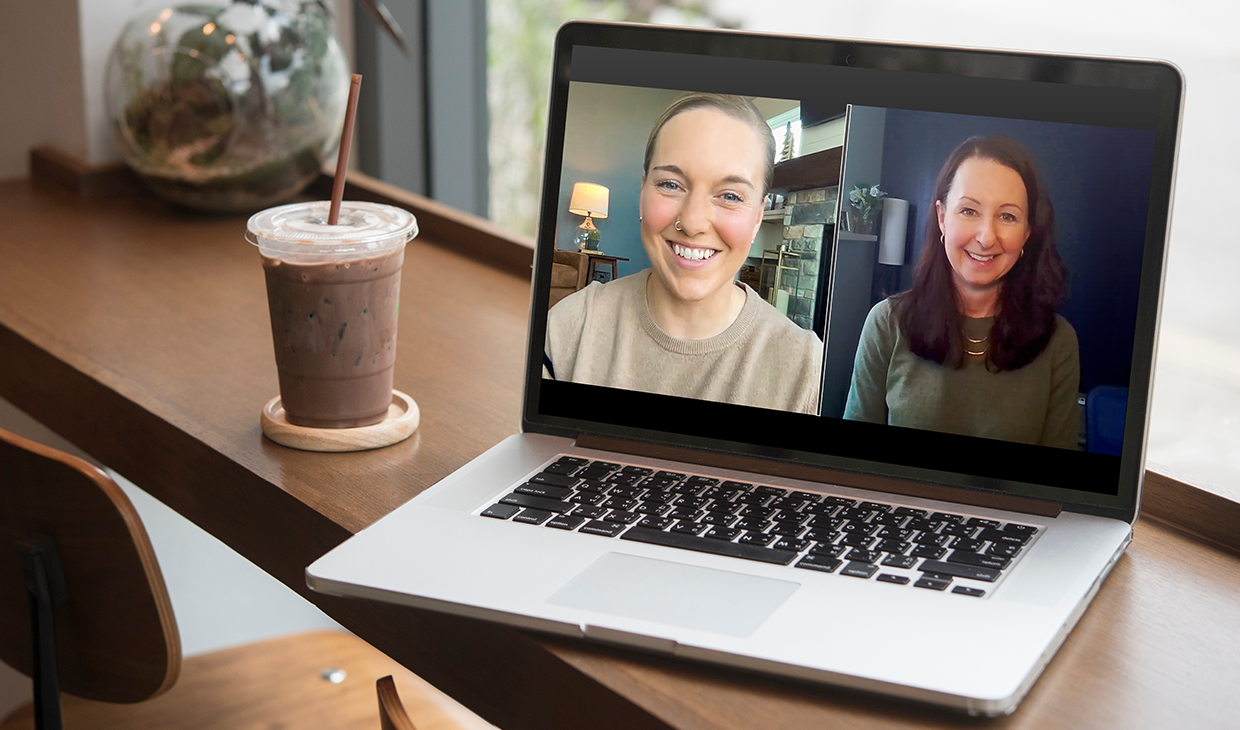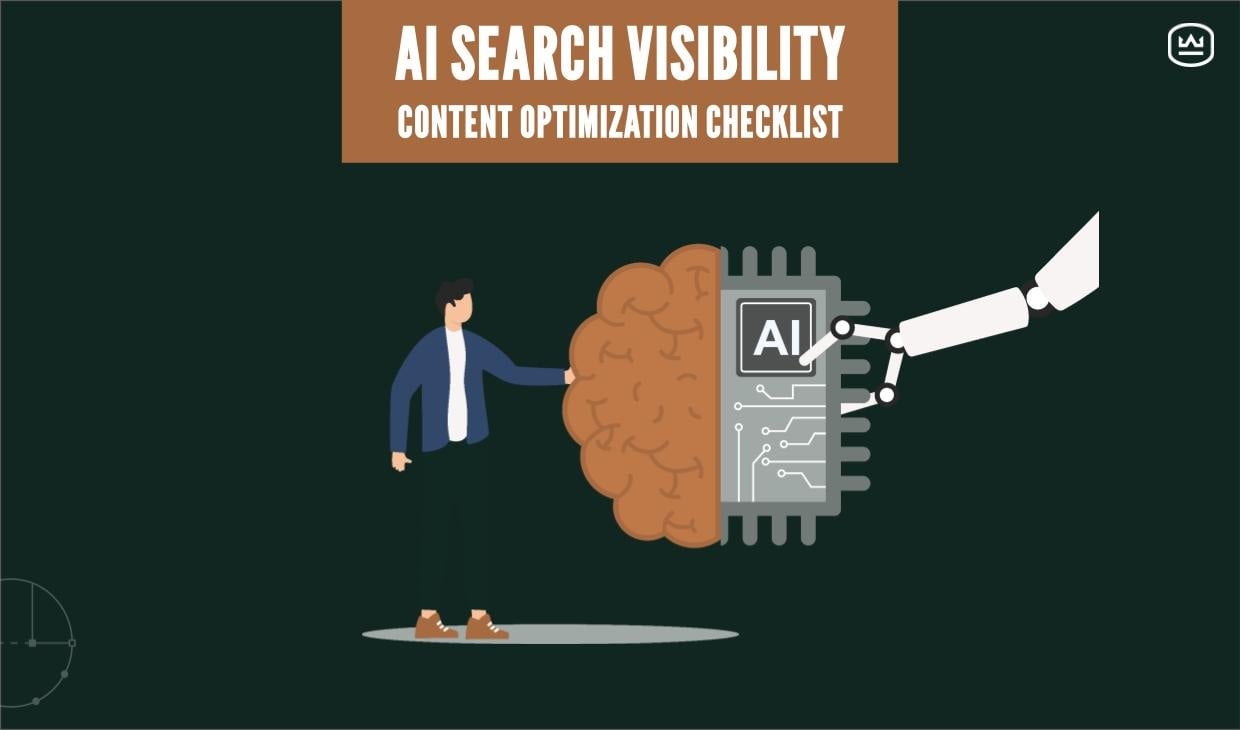How to Use Lead Conversion Rate Benchmarks to Boost Inbound Performance
Written by
High-performance website and marketing campaigns serve as pillars to nearly every lead-generating inbound marketing program.
So how can you tell whether your assets are performing?
You need to measure how well your assets convert leads into customers who help grow your business. It helps to have an idea about how your own program’s performance compares with key competitors’ marketing and lead generation.
In this article, we’ll share a few insights and some guidance on how to determine reasonable conversion rates from the top of the funnel to the bottom, with a focus on complex B2B industries.
You can use the information and action steps here to better predict your inbound performance, identify and troubleshoot soft spots in your program, and beef up your marketing-to-sales pipeline with quality, qualified marketing and sales leads. Let’s go.
Benchmarking is Key to Assessing B2B Marketing Effectiveness
Historically, if there’s been one biggest challenge in marketing, it’s that measuring the effectiveness of marketing investments is not linear.
And the answer may vary depending on how you measure effectiveness. Quantitative thinkers are interested in numbers. Creatives often want to know perceived impact. Regardless of your personality or perspective, the best measure of marketing’s effectiveness is quantitative, qualitative, and holistic: it’s called a conversion.
A conversion is when your marketing (or sales) target takes the desired action, like opening an email, clicking a CTA or button, downloading advanced content, or making a purchase.
There’s no standard set of marketing conversions. The quality and measure of conversions depends on your company, goals for growth, and your sales team’s effectiveness.
Your approach to measuring conversions also depends on your marketing tactics, your sales team’s approach, and the level of consideration a typical prospect goes through when buying your product or service.
RELATED: 5 Top HubSpot Contact Attribution Reports That Content Marketers Need to Know
Why Review & Evaluate Conversions?
The goal here is to learn more about your marketing pipeline, and when and how your prospects reach varying states of sales-readiness. A conversion signals a change in your relationship to a prospect, beginning with your very first encounter. So, every digital action on your website should serve the purpose of directing the visitor toward the next conversion.
A conversion rate tracks how many visitors actually convert and bring some sort of result to your business.
RELATED: CRO Basics: What is Conversion Rate Optimization?
One tip: don’t focus entirely on the end goal of your strategy. Instead, first consider how close you are to achieving that goal. That means measuring and tracking conversion rates all along the path toward the end goal.
Why Bother with Conversion Benchmarks?
Benchmarking positions your business against your competitors. It can help you compare your program’s conversions against established standards. The information can help your inbound marketing program in a few key ways:
- If you’re new to performance measurement and don’t really have clear expectations, benchmarks give you a sense of where to begin
- It helps evaluate competitors’ conversion rates, what they focus on in marketing, and where in the buyer’s journey they lose customers… to enable you to tweak your own strategy for optimal outcomes
- If unexpected circumstances or performance changes affect you, it can be helpful to compare with others to see if they experienced similar impacts
Think about how the B2B marketing landscape changed since 2020, when sales meetings made the global shift online, along with a lot more customer purchasing research. It’s important to track and monitor your own performance metrics — arguably more important than comparisons in many cases — but when industries or the online landscape experience shakeups, outside data becomes more informative for context.
We’ll dive deeper into benchmarking later in this article. But first, we’ll define some common conversion metrics based on an industrial buyer’s journey.
How to Calculate Lead Conversion Rates
Expressed as a percentage, the most common conversion rate we measure for clients is sessions-to-conversions (or sessions : conversions). This calculation compares a site’s (or a page’s) total number of visits/sessions with the number of people who converted.
Here’s an example:
- Total visits: 10,000
- Number Converted: 100
- Conversions divided by Total Visits: 100/10,000 = 1% conversion rate
When you measure conversion rates throughout every stage of the buyer’s journey and track visitors’ progress through the marketing and sales funnel, you’ll discover friction points and opportunities will show themselves.
Need some quick wins?
Read this article: CRO Basics: 6 Marketing Quick Wins for Your Website
Select Conversion Metrics to Monitor the Buyer’s Journey
Which conversion rates should you measure? Chart out your typical buyer’s journey. For industrial companies we often see the following steps as a purchaser moves through the sales cycle:
- Traffic-to-Inquiry/Contact Conversion: A website visitor who fills out an online form or engages with a chatbot provides information about themselves, converting them to a contact; the contact consents to receiving information; once you have their job title, you may be able to assign them a persona
- Inquiry/Contact-to-Lead Conversion: Contacts who gave intelligible information (demonstrating their willingness to have a relationship with you) are now leads; next, nurture leads with content; top of the funnel (TOFU) and middle of the funnel (MOFU) content educates them on how you can solve their pain points
- Lead-to-MQL Conversion (marketing-qualified lead): Leads who demographically fit criteria to qualify as a good fit for your company (such as company role, industry, and buying position within their organization) now require a follow-up (to meet initial sales-ready qualifications and schedule a meeting)
- MQL-to-SQL Conversion (sales-qualified lead): MQLs who cross the requisite threshold of desired interest and readiness to make a purchase; at this point, ask yourself these questions: “Is there a good chance they’ll choose us as their solution?” and “Do we even want to be their solution?”
Note, for most niche industries, such as specialty equipment manufacturing or industrial supply chain, there’s very little reason to filter out online inquiries from leads because website traffic is such that your visitors are likely highly qualified from the get-go.
RELATED: Map Your Buyer’s Journey With Our Free Template
Benchmarking Conversion Rates
Setting realistic yet goal-oriented benchmarks isn’t always clear. If you need help, there are plenty of answers to be found from marketing automation software companies such as HubSpot, Eloqua, or Marketo. A word of caution though — while these companies are experts in lead generation conversion rates, marketing automation platforms are widely used by B2C and B2B industries.
It bears repeating: industrial B2B conversion rates often differ widely from B2C numbers. Failure to focus on conversion rates for your own industry can cause bloated expectations.
What Qualifies as a Good Conversion Rate at the Top, Middle, and Bottom of the Funnel?
Conversion rates can vary a lot even from one market segment to another. The best way to know if your rates are good or not is to compare them to numbers within your industry.
The big takeaway: your conversion rates should always be increasing. That’s the point, right? You measure, optimize, monitor, repeat. Consistent monitoring and optimization work is how you continuously improve conversion rates.
At Weidert Group, we recommend our industrial clients set a top-of-funnel goal for converting traffic (total session-to-contacts) at 2%, but our clients fall between 0.6% and 3.8%. That’s admittedly a large range — yet it makes room for the fact that all our clients are successfully attracting high-quality leads that have a high likelihood of making that lead-to-MQL conversion.
In 2020, Thomas provided benchmarks for average lead conversion rates specific to B2B industrials:
- Average conversion rate on a “Contact Us” form: 10%
- Average conversion rate for an eBook download: 25%
- The average conversion rate on an RFQ form: 20%
In 2021, the lead-to MQL conversion rate for B2B manufacturers was 26%.
It may take more time to really understand the effects of overall increases in online activity since 2020. Several of the following average B2B lead conversion rates have remained the same since 2020; bounce rates seem to be trending higher, along with session duration — which research suggests correlates with progress along the buyer’s journey:
- Pages per session: 3
- Time per page: 1 minute and 5 seconds
- Session duration: 2 minutes and 51 seconds
- Bounce rate: 65%
- Email open rate: 32%
- Email click-through rate: 4%
How Do You Compare?
So, how are your assets performing against these numbers? See any red flags? Even if you’re meeting benchmarks, regular monitoring can still spark ideas on improving your conversion rates. Optimize forms and pages for user experience. Review advanced content for its helpfulness and appropriateness to the stage in the buyer’s journey. Where you find gaps, build bridges.
When it comes down to it, conversion rates show proof of your entire content marketing program’s effects. It’s expected that you invest in tactics to boost your conversion rates if they’re falling short.
Take the next steps to optimize your funnel and map your buyer’s journey for inbound marketing. Download our tool, B2B Buyer’s Journey Worksheet to discover more about improving your lead conversion among target audiences.
Subscribe To Our Blog
Information. Insights. Ideas. Get notified every time a new Weidert Group blog article is published – subscribe now!
You May Also Like...

Search Engine Optimization
How Falcon Rebuilt Industrial AI Search Visibility in 2025

Search Engine Optimization
The New Search Visibility Checklist for AI-Era Content Marketing

Search Engine Optimization
SEO Isn’t Dead. It’s Evolving: How B2Bs Can Stay Visible in the Age of AI
Accelerate Your Growth with
Weidert Group
If you’re ready to explore a partnership, request a personalized consultation with our team.

